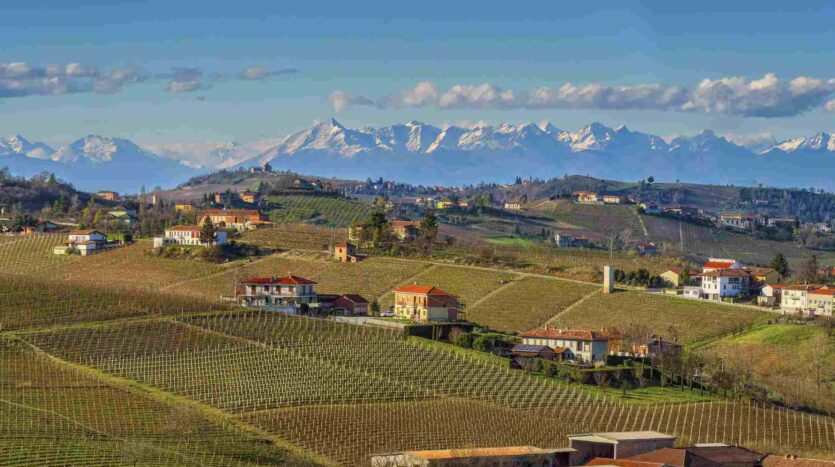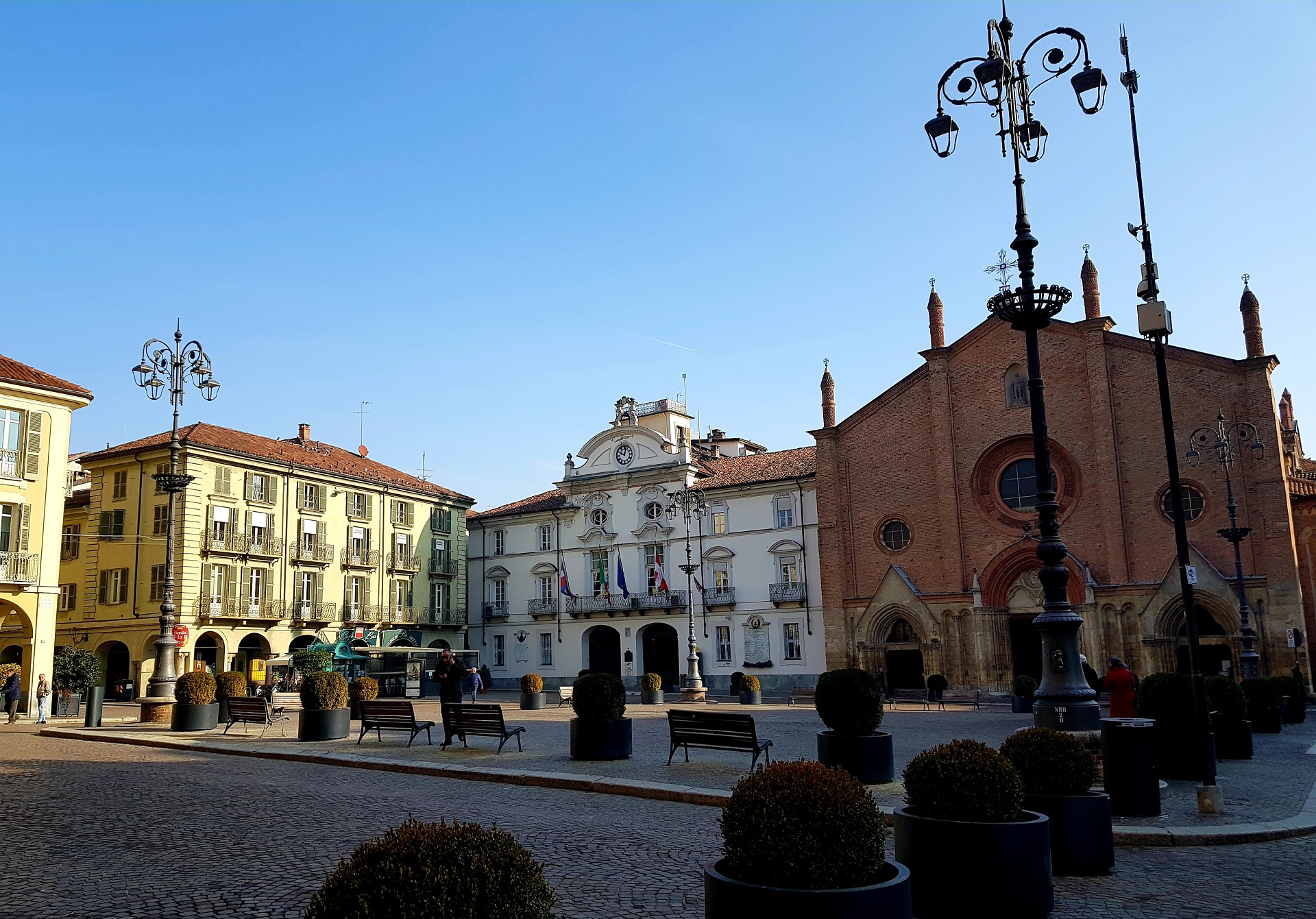A house in Italy’s countryside
The fact that Covid-19 has also had a strong impact on the real estate industry is now evident. Among its consequences, for example, there is the boom in demand for houses in the countryside of Italy. While waiting to understand whether this trend will continue in the coming months, let’s examine a closer look at the figures of it.
Demand for cottages and farms in villages and small municipalities in Italy has increased by around 30% compared to the same period, last year.
Prices often less than a thousand euros per m²
The prices also encourage investment in rural areas. Prices which are generally much lower than in large cities and which have not undergone major changes despite the increase in demand, on the contrary: on average they have remained stable (+ 0.1%) compared to the pre-Covid period. There are obviously positive exceptions such as the provinces of Rome, Pisa and Bologna. As for the cost per square meter, the situation is very varied: ranging from the record figures of Montalcino (around 6,700 euros per m²) to those much more affordable in Asti (838 euro/m2) and Alessandria (508 euro/m2). There are over 100 locations where you can find properties spending less than a thousand euros per m².
The future of Italy is in small towns
The future is in small towns: where there is life, clean air, slowness, healthy food. It is in these characteristic villages where time seems to have stood still, we breathe clean air, the rhythms flow more slowly and food and wine promote a diet capable of enhancing the territories, that man should return. Rural life, not lighter and still able to stop on faces. And maybe even know the names of the neighbors. An “escape from the city” to small towns, the countryside, to places currently the least populated. Open and uncontaminated spaces.
This is probably a dream shared by many that of living in less polluting, stressful and deceptive environments. Italy’s countryside is the best place, if you search this. In short, places on a human scale and for children, where to live without giving up all the services and comforts to which we are all used today. Because maybe the future really is in the small municipalities, which represent about 54% of the Italian territory. Territories of less than 5,000 inhabitants focused on innovation and sustainability, local tourism, development and protection of the environment, gastronomic and oenological circuits, promotion of cultures and traditions. These are the ingredients that small municipalities aim to fight against depopulation and the reduction of essential services.







